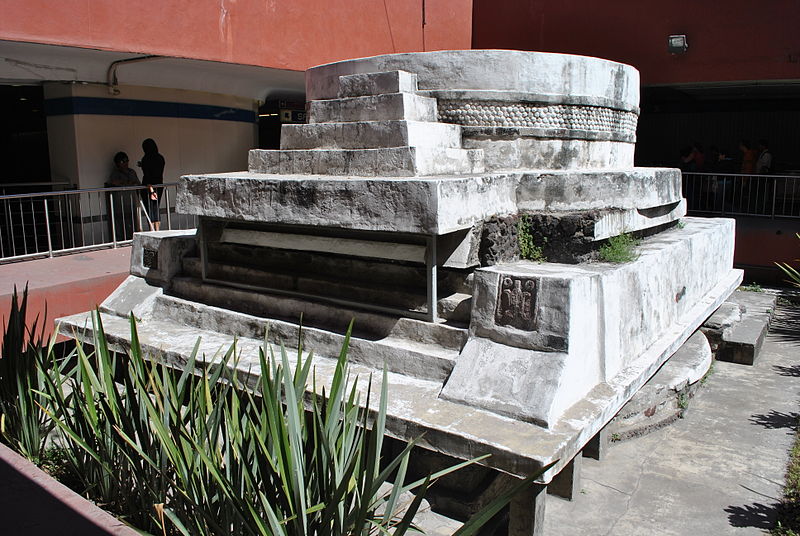
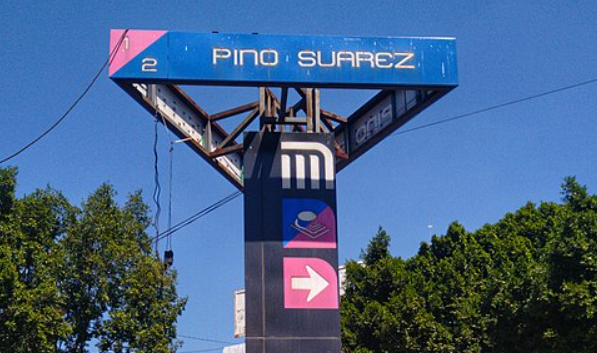
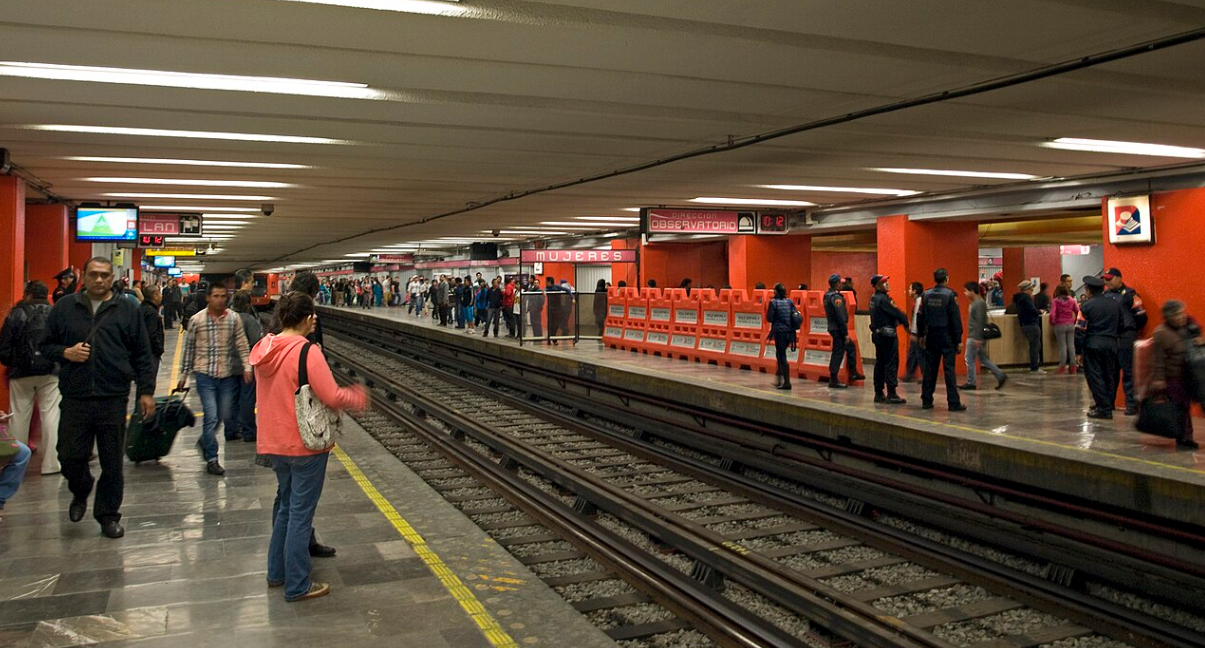
Photo: ProtoplasmaKid Attribution-Share Alike 4.0 Internationa
 When Metro Pino Suárez first opened in September of 1969, it was already one of the most famous in the city. As a major transfer station, it connected two of the busiest metro lines. The discovery during construction of a major temple dedicated to Ehécatl, made it even more well known.
When Metro Pino Suárez first opened in September of 1969, it was already one of the most famous in the city. As a major transfer station, it connected two of the busiest metro lines. The discovery during construction of a major temple dedicated to Ehécatl, made it even more well known.
The Pino Suárez Metro station bears the name of the vice president assassinated alongside President Francisco Madero in 1913. The culmination of the ten tragic days it led to the rise of the much hated Huerta presidency. Pino Suárez is remembered for having fallen in the cause of the Mexican Revolution.
City residents know this area of Centro Histórico for its proximity to Metro Pino Suárez. The Church of Saint Michael the Archangel provided its former atrium, now called the Jardín San Miguel, for several of the southernmost entrances to this station.
Primarily a neighborhood dedicated to fashion and clothing retailers, the highlight just may be the massive Plaza Comercial Pino Suárez. Home to hundreds of clothing and footwear retailers, it’s just the most concentrated part of the city center’s fashion district. But don’t miss the adjoining Plaza San Lucas no matter how crowded it gets.
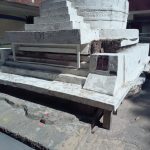 When excavating the center for the subway works of the Metro, a ceremonial complex was found between José María Izazaga Avenue and the Plaza de San Lucas. It consisted of several rooms and temples around an esplanade with stairways. What can be admired today is a circular temple dating from approximately 1400 AD. That curious shape helps us to know that it was dedicated to the God of the Wind, Ehécatl, in the Nahua tradition.
When excavating the center for the subway works of the Metro, a ceremonial complex was found between José María Izazaga Avenue and the Plaza de San Lucas. It consisted of several rooms and temples around an esplanade with stairways. What can be admired today is a circular temple dating from approximately 1400 AD. That curious shape helps us to know that it was dedicated to the God of the Wind, Ehécatl, in the Nahua tradition.
Heart of Mexico Walking Route: Ancient Route
< Route Moneda - Santísima | Casa del Marqués del Apartado >
Proyecto “Corredor de Cultura Digital”.
Nombre de la investigación: Investigación Centro Histórico, Monumentos, Edificios y Puntos de Interés (2023)
Dirección de investigación y diseño de Rutas: Acércate al Centro A.C. Guadalupe Gómez Collada
Coordinación e investigación histórica: Fideicomiso del Centro histórico Dir. Maestra Loredana Montes
 unidad_de_orientacion@metro.cdmx.gob.mx
unidad_de_orientacion@metro.cdmx.gob.mx
 5627.4950/5627.4741
5627.4950/5627.4741
 https://www.metro.cdmx.gob.mx/
https://www.metro.cdmx.gob.mx/
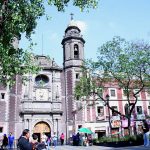
Nearest at 0.07 kms.

Nearest at 0.07 kms.
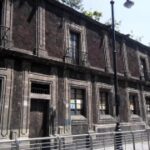
Nearest at 0.09 kms.
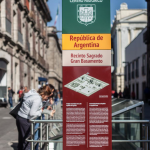
Two windows along Argentina Street offer glimpses into the City's ancient past . . .

One of the Templo Mayor complex's most compelling secrets is slowly revealed . . .

Site of the rebirth of Modern Mexico from its ancient roots . . .

One of the most important sites in the city, even today, don't miss the chance to visit the Templo Mayor.

The first Cathedral to have been built in the Americas.